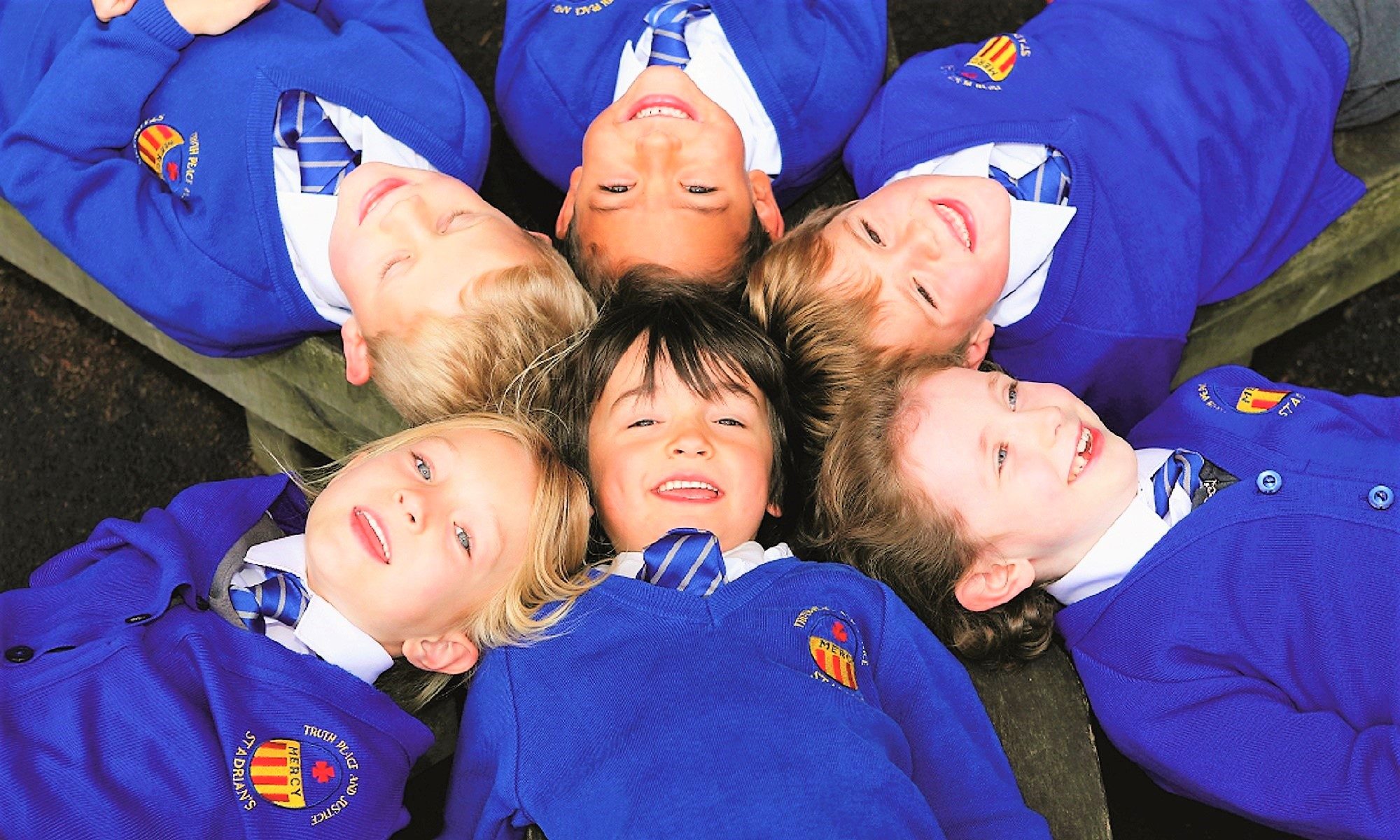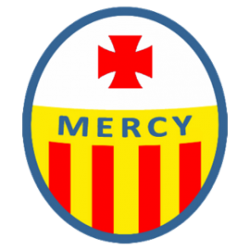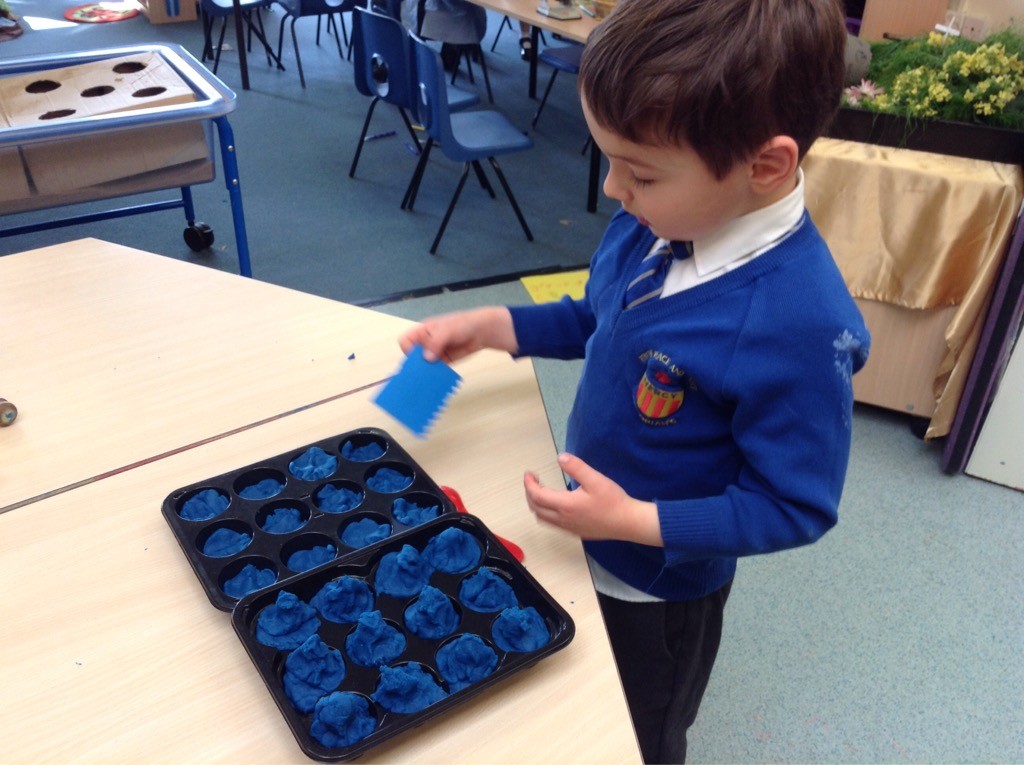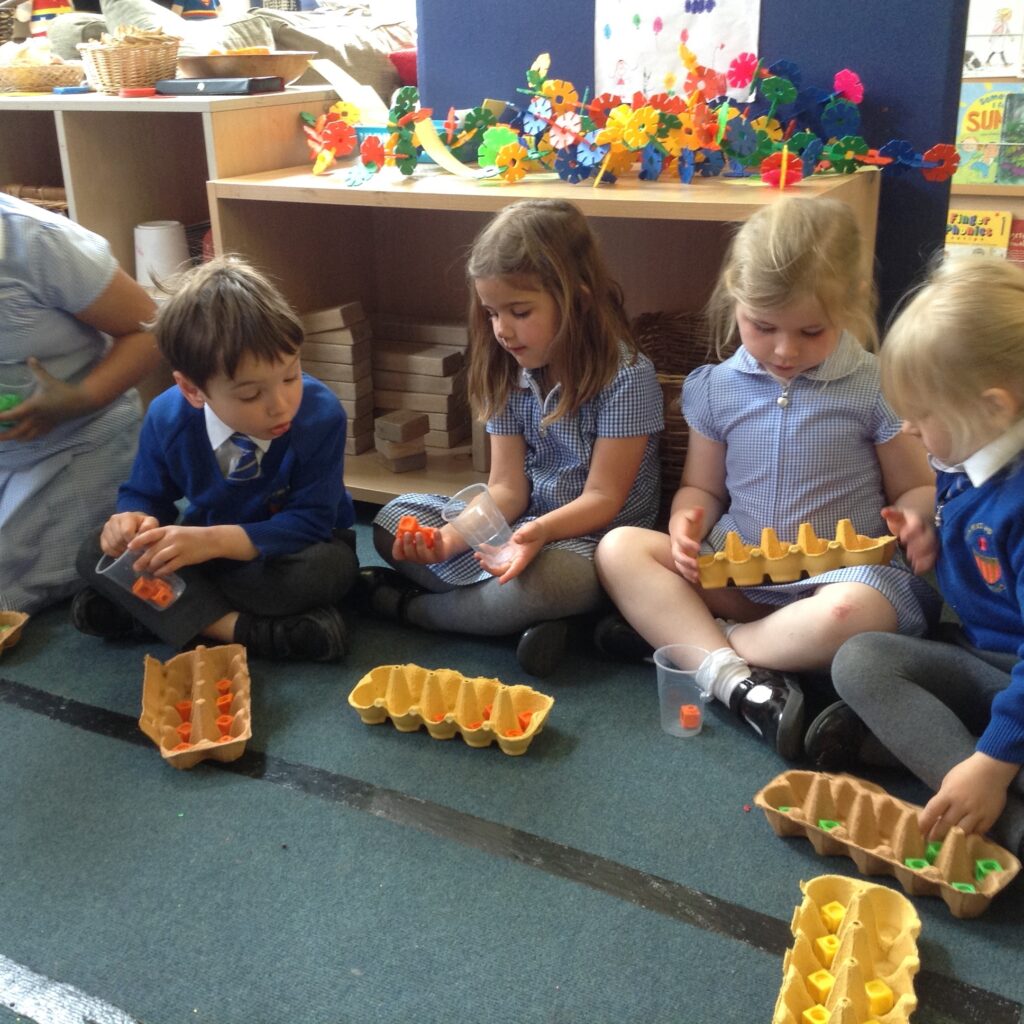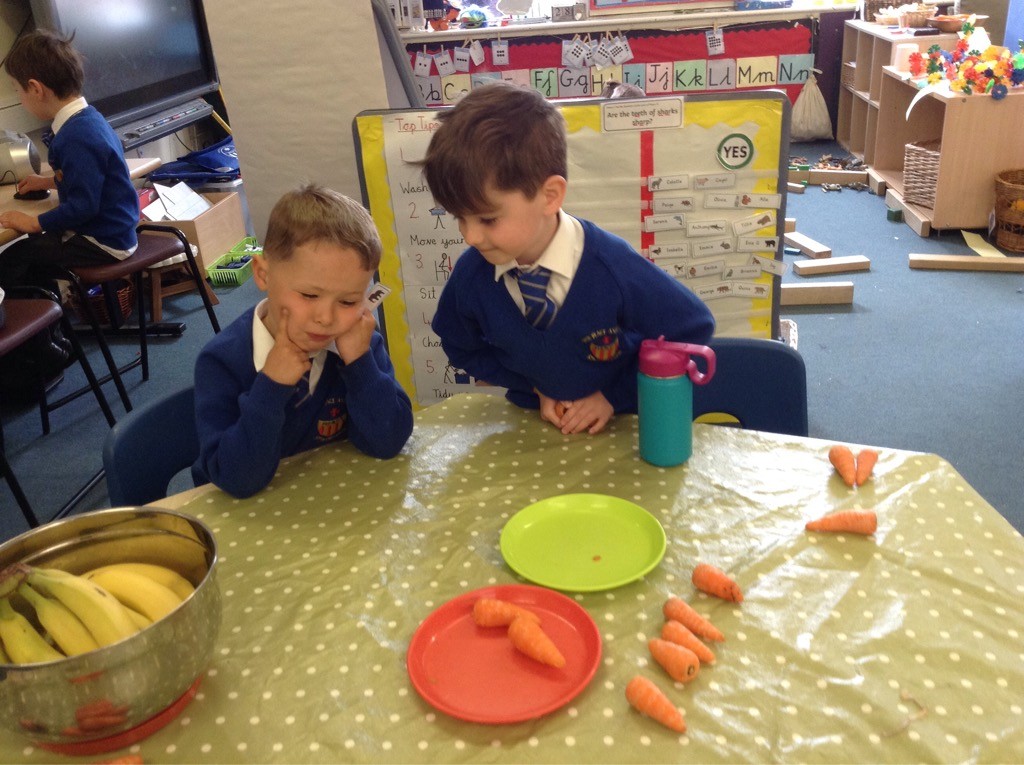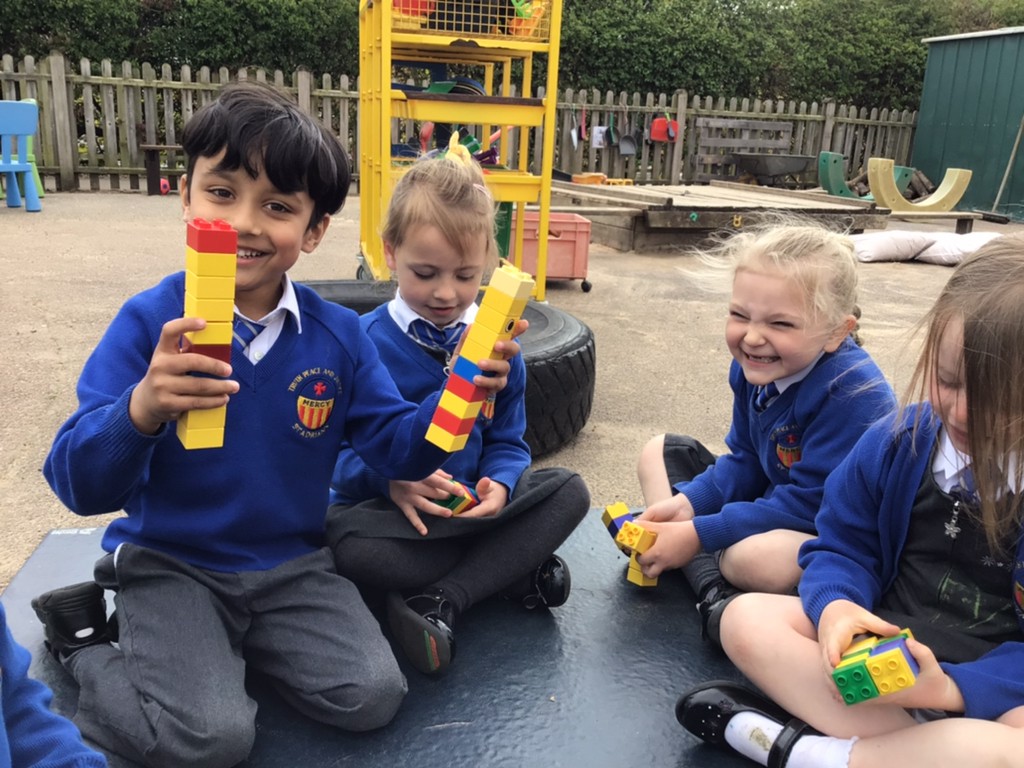Dear parents,
Over the past few weeks Reception children have been introduced to the fact that numbers are made up of other numbers. The children’s understanding has been developed through a sequence of 3 steps.
Step 1 – we began by exploring regrouping a whole into different parts and identifying what values are hidden within numbers.
Children are encouraged to use subitising (recognising a small group of numbers at a glance without counting) when looking at groups of objects. For example, in the photo below rows of 3 and 4 were identified.
Step 2 – we talked about combining parts to create a whole. This is the start of calculating – addition.
The children were encouraged to notice and find different parts that can be combined to make the same whole; concluding that there are lots of different ways to make a total. The photo below illustrates how we used a 10 egg box carton to look at multiple ways of making number 10.
Step 3 – calculating the part of a whole that is missing. This is the introduction of subtraction.
In the photo below the children played a game finding the missing number from a total amount of carrots.
In the photo below the children were given a starting amount (the part), a target to reach (the whole) and they found ‘how many more…?’ (the missing part) when building towers with Duplo.
How to can help at home
Talk about how a collection of toys can be regrouped eg. farm animals, all the animals are part of the whole farm but they could be regrouped into sheep, cows, horses, pigs and farmers (humans). Each group is part of the whole farm. Or 7 vehicles could be regrouped as 4 cars and 3 trucks.
Give your child a target number and, using dominoes, can they try to find all the dominoes that have that number of dots altogether where either side of the domino would become a part. Talk about what they notice if one side of the domino shows 0 dots.
At meal/snack time find the total two groups of items. For example, pears and bananas. Ask your child to find the total initially starting with the pears and then adding the bananas, then starting with the bananas and then adding the pears. Talk about how the order of the fruit doesn’t matter when adding.
Introduce a range of different problems that require your child to calculate a missing part.
- How many more…? If we need a snack for four people and there are two bananas, how many more do we need?
- How many left…? How many cakes left now that Mummy and Daddy have taken their cake?
- What is the difference…? You have three sweets and Mummy has two sweets. What is the difference between the numbers of sweets you have?
Play Kim’s game. Show your child a small collection of different objects on a tray and identify the whole (the total number of items). Hide them all and remove some objects. Reveal the objects left. Can your child calculate how many have been taken – the missing part.
The vocabulary of parts and whole has been emphasised throughout our learning. The children’s understanding of equal, more and less and ‘altogether’ has also been developed to describe the whole.
Maths Challenge
Your child may wish to have a go at the following maths challenge:
- Collect a small amount of items outside eg. sticks, leaves, stones (10 items to begin and extend to 20 for extra challenge)
- Once there are a few items, explore how they might be grouped.
- Create groups and then use subitising to say how many are in each group (if the amounts are small enough).
- Talk about the parts and the whole and then count to find the total.
I would love to hear about your child’s mathematical discoveries on Tapestry. We always have fun sharing the children’s home learning in class. This also often inspires their friends to also ‘have a go’!
Wishing you all a great bank holiday weekend.
Nicola Palmer
